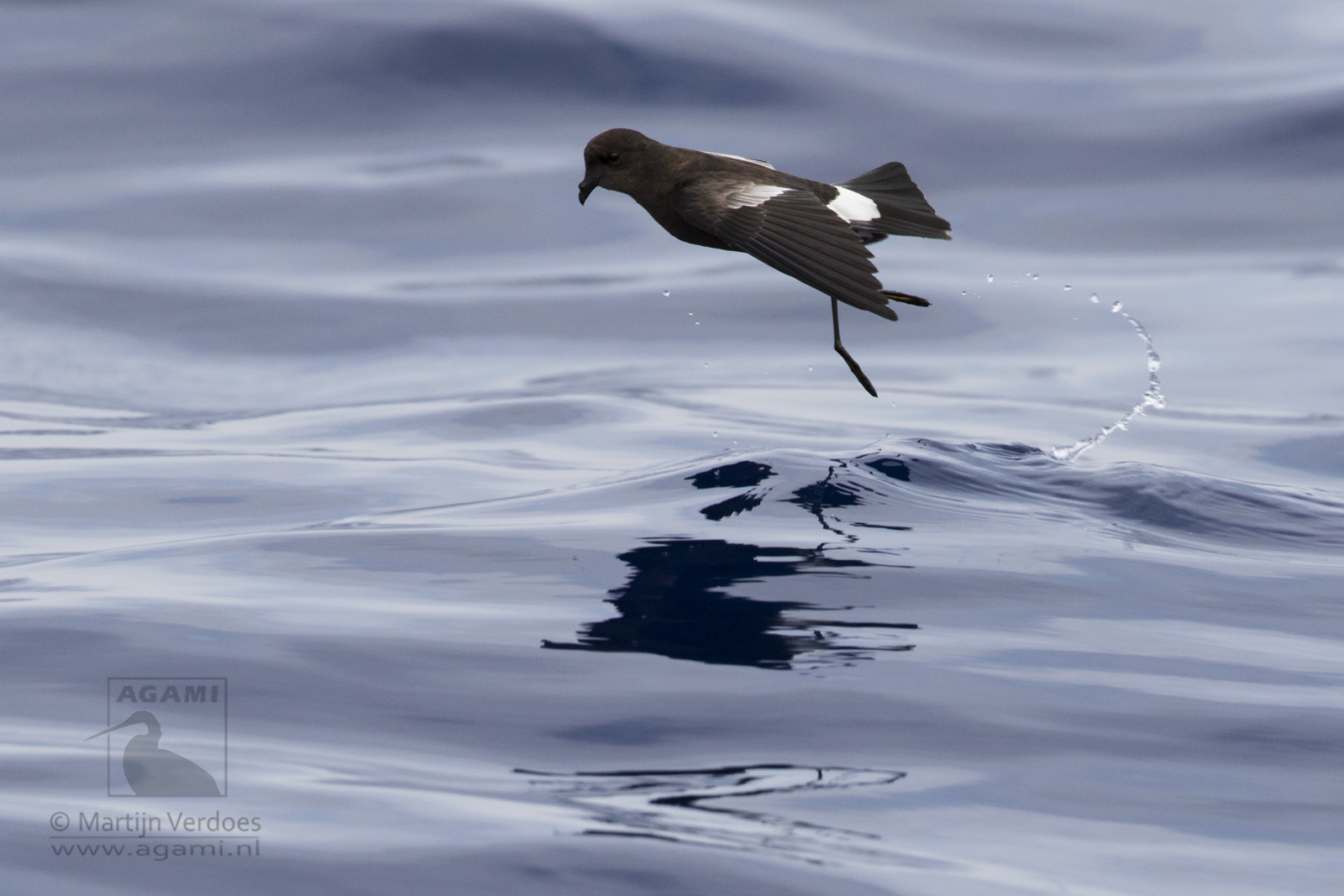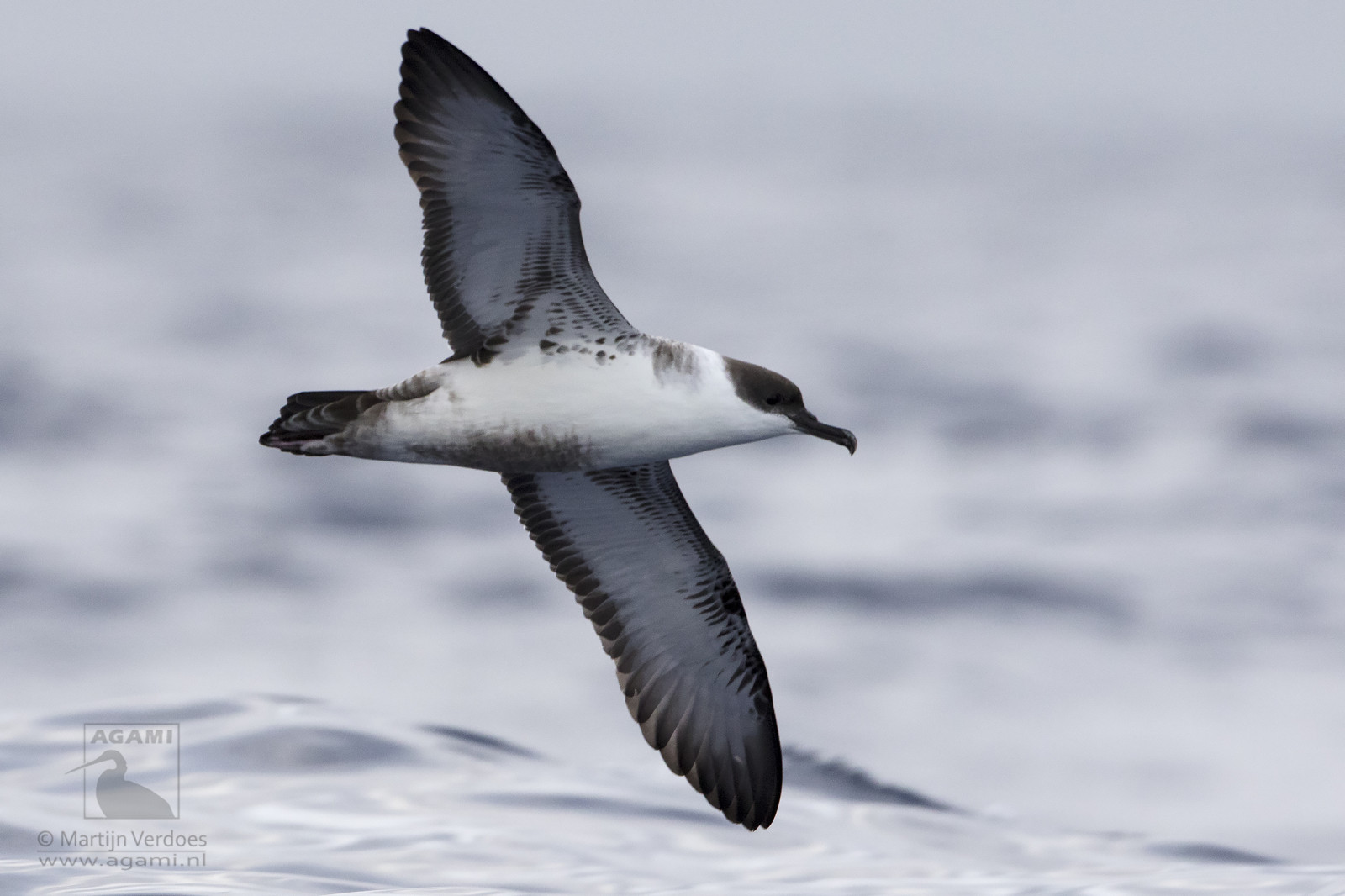Descrizione
Porthgwarra has a bit of everything, habitat wise and a full day here can turn up a surprising amount of birds.
The car park has a small wooded copse to its north and this is often a good place to start your day. Britains first Codirosso americano was found here years ago and more recent rarirites include Tordo di Pallas! During Autumn migration the wood is good for Balia nera and Pigliamosche, Luì forestiero, Fiorrancino and possibly something rarer such as Pigliamosche pettirosso or Luì verdastro.
From here walk up the valley and after the wooden five bar gate take the path to the left and down into the wooded valley known as 60 Foot Cover. On a calm sunny morning take time here to stand/sit and observe the copse. A Cuculo americano was found by a visiting birder in October 2014. This area is also good for warblers which can include Capinera, Sterpazzola, Bigiarella, Luì grosso, Luì piccolo and Beccafico.
Go back out of the valley and take the footpath right again onto the moorland. Just before the wall that cuts across the moor is the 'Dried up Pool'. Despite its name its not always dried up, but this is a good place to look for Torcicollo in the Autumn. The moor is a good spot for Piviere dorato in the winter and Pipits and Buntings during the Autumn. Zigolo della Lapponia is a regular Autumn migrant here and Culbianco and Stiaccino can be found amongst the heather. Saltimpalo are very common too. Keep a look out for birds of prey. Falco pellegrino, Albanella reale, Falco di palude, Lodolaio, Smeriglio, Gheppio, Barbagianni and Gufo di palude have all been seen here.
A walk further towards Lands' End will find you at Trevean Pool. The pool itself is pretty much inaccesible but the surounding woodland is great for spring and autumn scarce migrants and overshoots like Canapino maggiore, Canapino comune, Averla piccola and Averla capirossa, Sterpazzolina, Upupa and Rondine rossiccia. Keep a listen out for flyover Verzellino in Spring too! Anything can turn up here.
Resident birds include Gracchio corallino, Corvo imperiale, Allodola, Pispola, Scricciolo, Passera scopaiola, Pettirosso and Spioncello marino.
From July through to late September, Porthgwarra becomes one of the UK's top seawatching hotspots. Some of the country's rarest seabirds have been seen from the cliffs at Gwennap Head including Albatros sopracciglineri, Petrello di Fea, Petrello di Arminjon (yet to be accepted) and Uccello delle tempeste di Wilson. When conditions are right (South-westerly gales are best!) there can be thousands of Berta maggiore, Berta dell'Atlantico, Berta grigia, Berta balearica and Berta minore atlantica with a supporting cast of Uccello delle tempeste Fulmaro, Sula, Labbo, Labbo codalunga, Stercorario maggiore, Stercorario mezzano, Gabbiano di Sabine, Falaropo beccolargo, Uccello delle tempeste codaforcuta and all manor of divers, ducks, auks, terns, gulls and waders flying past!
Dettagli
Accesso
From the A30 near Land's End take the B3315 to Polgigga, just after the duck pond take the road signposted to Porthgwarra. This is a very narrow road and can be busy during the summer and weekends. Get there early to avoid the crowds! There is a pay and display car park, toilets and a nice cafe that does great coffee, cakes and pasties!





